First Impressions of DJI’s new Zenmuse X7: a 24 megapixel photo, 6K video aerial camera
posted Wednesday, October 11, 2017 at 10:30 PM EST
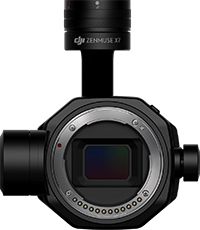
Announced tonight at NeueHouse Hollywood in Los Angeles, California was the Zenmuse X7, the future in aerial cinematography from the leader in drone manufacturing, DJI. Built exclusively for the DJI Inspire 2, the Zenmuse X7 is designed to match the portability of the DJI Inspire 2, with the high image quality found in cinema video. Well, did they do it? I was invited out to their announcement to figure just that out.
But first, let's talk specs. The DJI Zenmuse X7 sports a Super 35mm sensor, a cinema sensor larger than those found in the ARRI Alexa Mini, as well as the RED Raven, and is promising image quality at the same level. With a recorded 14 stops of dynamic range and shooting footage as high as 6K CinemaDNG at 30 fps, the Zenmuse X7 looks like a potential tool that we might see on Hollywood film sets shortly.
The X7 shoots to both 6K Cinema DNG and 5.2K Apple ProRes with support for continuous RAW burst shooting at 20 frames per second and 24 megapixel stills. Its high readout speed supports RAW output at 6K/30 fps and 3.9K/59.94 fps. The pixel size reaches 3.91 µm and the diagonal length of the sensor is 26.6 mm when recording. DJI makes a point to say that a sensor this size offers a higher sensitivity to light and 14 stops of dynamic range — much wider than the 12.8 stops featured on the Zenmuse X5S. Furthermore, DJI says that the SNR of the X7 is 46 dB, 8 dB higher than the X5S, and the tonal range is as high as 9.41 bits.
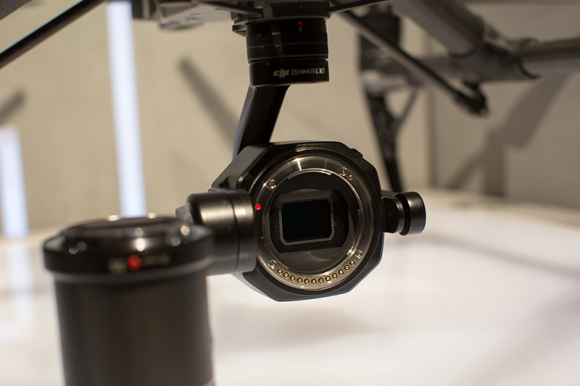
However, the mount on the new camera system is all new, and what DJI has called the DL-Mount, which DJI is touting as “the world's first integrated aerial lens mount that allows switching between four available prime lenses quickly.” Little is known about this new 12-pin mounting system, but we did learn that to reduce the size and weight it has a flange distance of only 16.84mm. DJI says that by taking advantage of new FSI-Cu technology, "the X7’s sensor features thinner interconnection, allowing light to reach the sensing area via a larger incident angle for increased photosensitivity.” They say that this therefore enables a more compact lens mount to be used on this sensor while maintaining “excellent image quality.”
Given that Canon EF mounts have a flange distance of 44mm, and PL mounts at 52mm, this distance change is significant, and a big reason why the new sensor and lens lineup will have little bearing weight on the flight time with the standard DJI TB50 batteries.
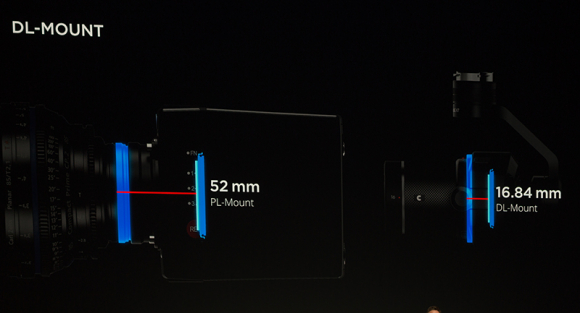
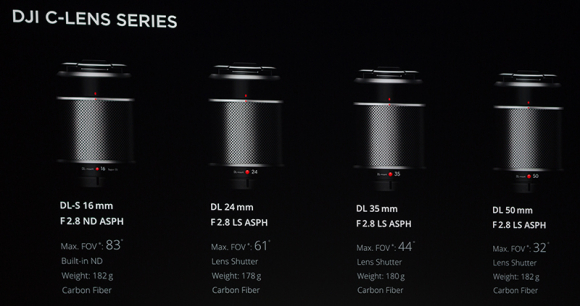
With the new sensor and lens mount, comes a new line of lenses introduced by DJI. Four new lenses will launch with the platform; a DL-S 16mm f/2.8, a DL 24mm f/2.8, a DL 35mm f/2.8, and a DL 50mm f/2.8. The lenses have been embedded with “advanced technologies” made specifically for the X7’s high-end image sensor. All lenses are manufactured out of carbon fiber, to reduce weight, and perhaps more importantly, all weight within 4 grams of each other, allowing you to swap them out, without the need of recalibrating the gimble. During my brief time with each of the lenses, I was impressed with both their size, as well as their build quality. On the surface, it seems that DJI has created a system that has stellar optics, in a small and lightweight package.
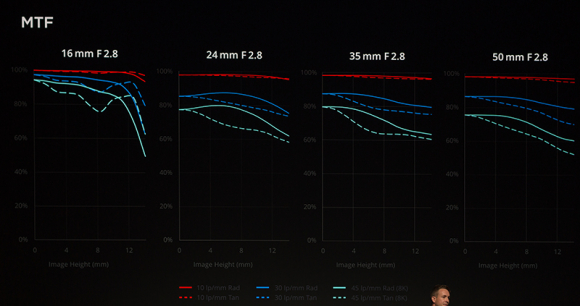
So what did I think? I was incredibly impressed. When flying drones, you're left with a series of hurdles. The first is battery life. Heavy gear puts a strain on both your rotors, as well as your battery. So more often than not, your battery life is a tipping scale matched with your image quality. Today's best cameras weight a lot and are not feasible for most drones to be able to carry. DJI has done the seemingly impossible, providing a lightweight solution that allows for incredible image quality, a system we'll be certainly seeing in high production films in the months to come. And because this was an announcement event, I was left only to physically handle the gear, and wasn’t able to put it in the sky to give it a real life test of what it could do. That said, DJI, did show us unedited stills within their presentation, as well as scenes shot using the new system, and everything shown looked like it was bringing in a new future for cinematography.
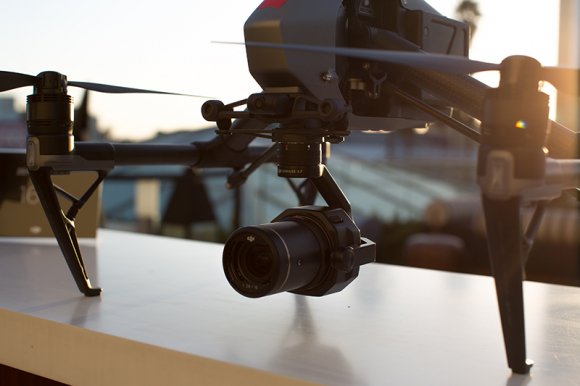
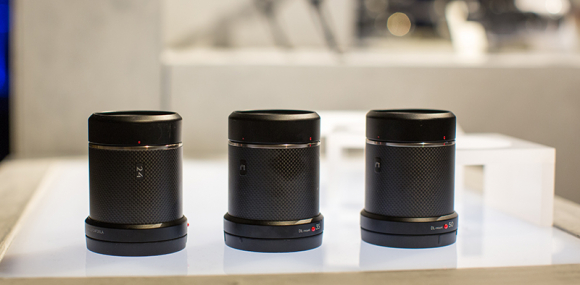
However, if you think this is a drone system that might be affordable to even the smaller productions, think again. The new Zenmuse X7 sensor is priced at $2,699, with each of the lenses priced at $1,299 a piece. The whole kit will cost you about $7,000 collectively, and that is without the $3,000 quadcopter to mount it on. So while this won't likely be the next purchase for the Mavic users out there, it might be a cost-effective option to those who have been flying Matrice 600s with Canon 5d Mark IVs attached.
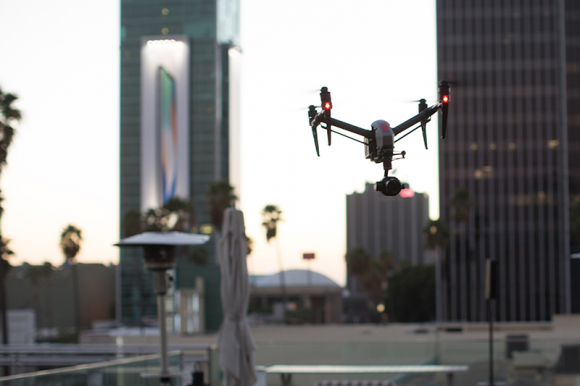
To read more, visit DJI.com.
Article written by Zach Sutton and Jaron Schneider